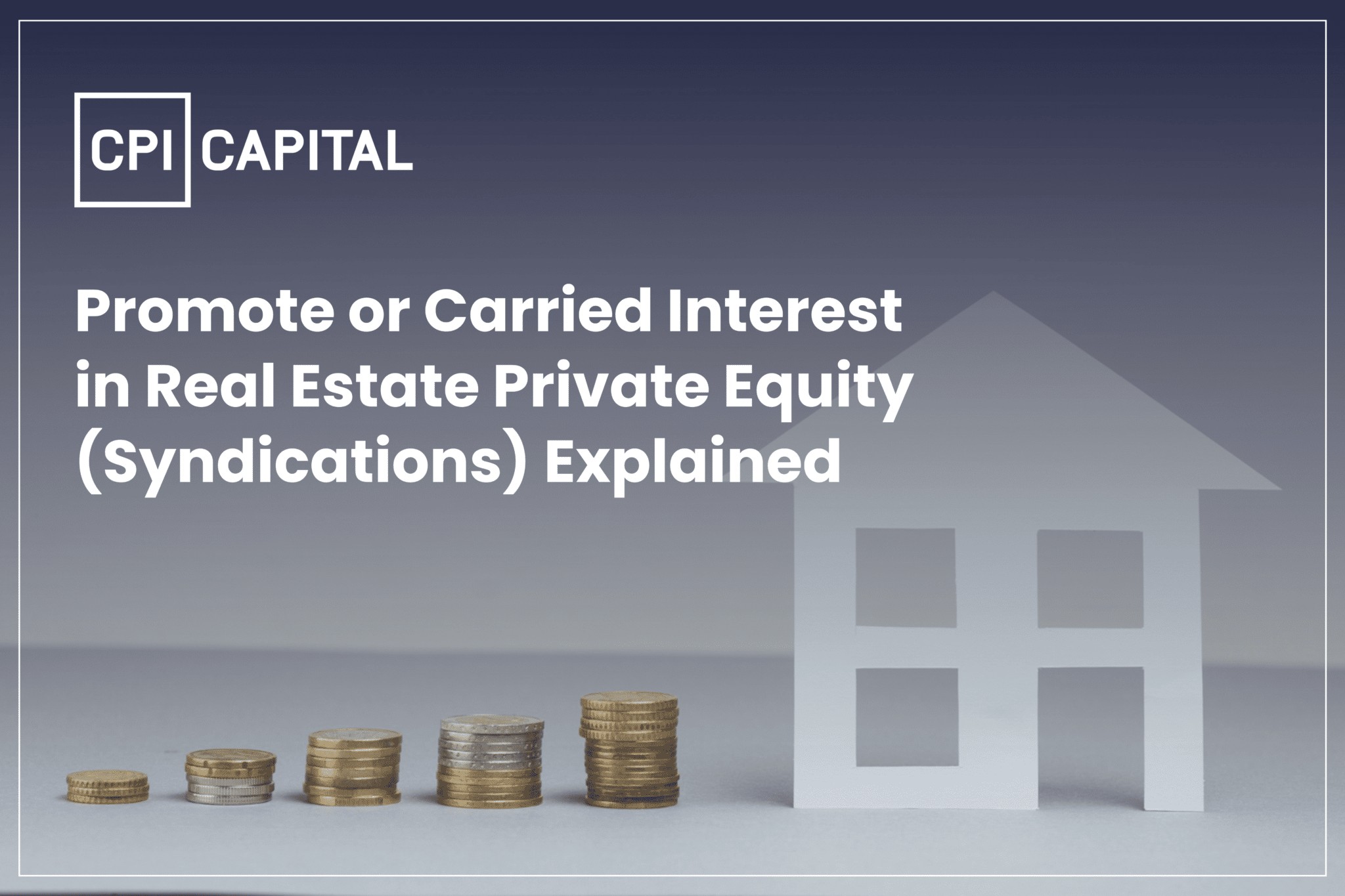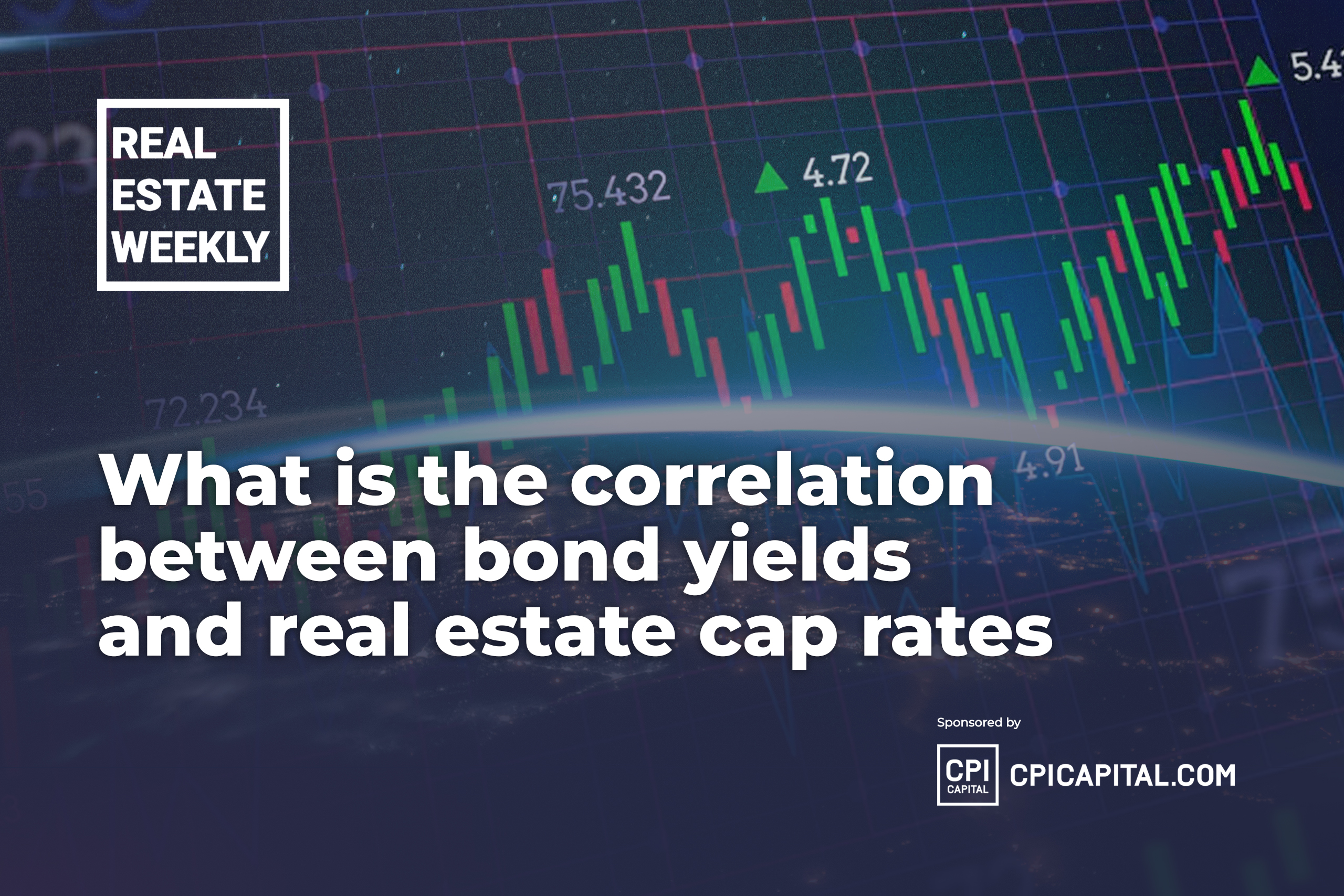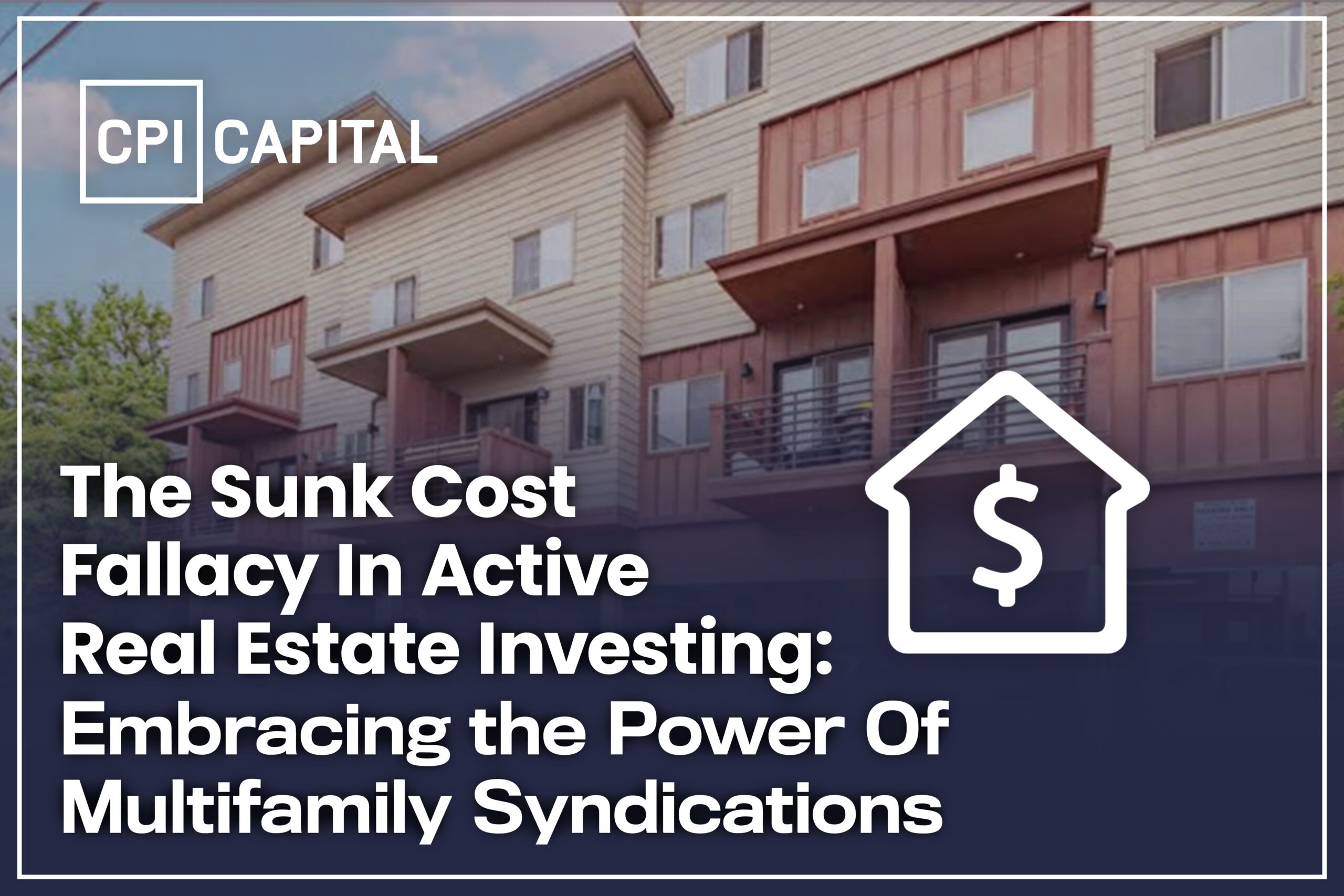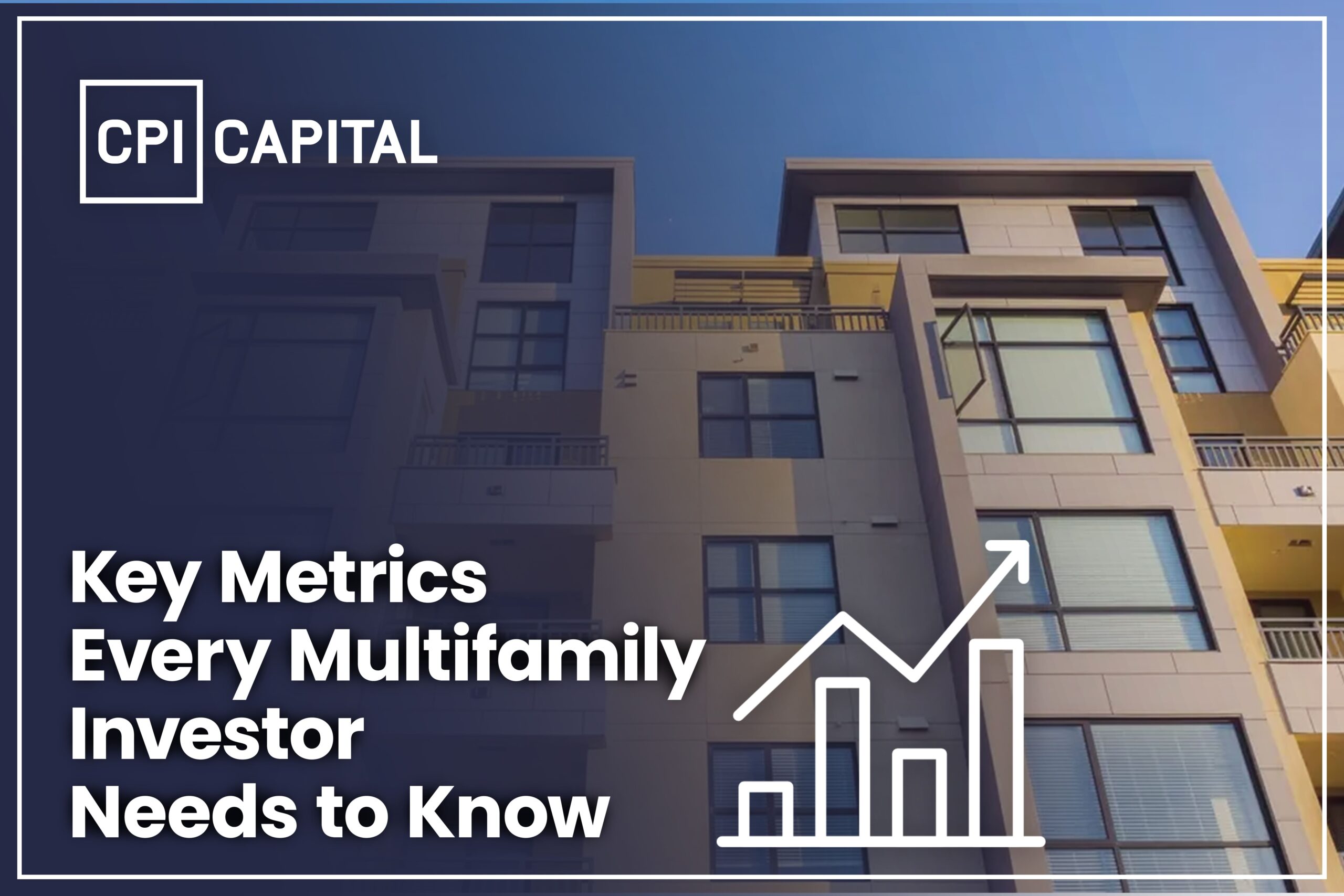
As we discussed in our earlier newsletter about Fees in Private Equity Real Estate, achieving success with any real estate investment involves a considerable amount of experience, knowledge, effort and work. Professional advisors are going to need to be paid for their work, passive investors paid their dividends or distributions and active participants such as the General Partner (“GP” or “Sponsor”) obtain their rewards.
The GP will, typically, be rewarded by a combination or fees, share of profits and what is called, in real estate language, a “promote” (or “sponsor promote fee”); or, in the non-real estate investment world, a “carried interest”.
When the general partner shares the upside in a real estate transaction this promote generally makes up the greatest portion of the earnings of the GP, most of which usually comes from a share of the equity split after enhancement of the equity position upon sale of the asset.
What is the purpose of a promote fee?
Some people refer to the promote as an “incentive fee”. The reasons for this are that it is designed to, firstly, compensate the sponsor for their work efforts and expertise and, secondly, to incentivize them to make the investment as successful as it can possibly be for all parties involved, including themselves and the passive investors.
Is there an absolute definition of a promote fee?
Whilst there is no absolute single definition of what constitutes a promote, it can be said to be a share of the profits of a REPE investment which is paid to the GP as compensation for creating value in an investment or bearing a disproportionate share of downside risk.
The GP earns such promote irrespective of the amount of initial funds they contributed and is usually only paid as a percentage of future profits and if the investment returns meet a certain threshold(s) or benchmarks.
The amounts involved are usually significantly greater than a GP’s capital (investment or equity) interest.
What are some of the things which need to be undertaken to earn such a promote fee?
The GP is a key position in any REPE investment and, in reality, without the GP such transaction could not occur.
The duties of a GP are wide ranging and range between administrative, organizational and property related. Amongst other things, in order to earn the promote, the GP will have:
- searched for, identified and selected the property;
- analysed the market, prepared operating projections to determine if the deal was attractive enough;
- developed and executed a business plan;
- managed the property both in terms of property management and asset management
- sought and secured different types of investors including Accredited Investors;
- sought and secured a primary lender to fund the project;
- in conjunction with legal and financial advisors, organized the legal structure of the entity owning the asset;
- invested somewhere between 5-20% of its own capital into the project;
- built and maintained relationships with other participants in the deal, including active and passive investors;
- as required, arranged refinancing or even disposal of the asset once some of the expected value appreciation has occurred;
- borne the majority of the business risk;
- met target investment return hurdles.
How much is a typical promote (fee)?
The sponsor promote structures can vary dramatically and, accordingly, GP’s fees will vary from deal to deal.
Generally speaking, GPs with a more impressive track record of success can achieve a more favorable, sponsor-friendly promote structure than one with limited experience.
Furthermore, as a general rule, the riskier a deal, the greater the “preferred return” tier will need to be in order to attract more investment capital.
As an example, for a transaction which involves a stabilised commercial property with steady cash flow and minimal execution risk, a preferred return might be in the 5%-8% range. For more opportunistic or riskier projects such preferred returns may be over 10%+.
Syndication documents will, almost certainly, disclose in advance the expected returns and compensation/fee structure for all parties involved with the project, as well as confirming whether returns are based on revenue before or after a GP’s fees have been taken into account. The promote or carry fee will be set out therein.
What is a typical promote fee structure?
In a REPE investment, investors are entitled to receive a certain return before the GP is entitled to receive their share of the profits. This pre-GP payment return is known as a “preferred return” but is also often called a “return hurdle” or “IRR” hurdle. In the event of an 8% preferred return of 8%, the first 8% in annualized investment returns are distributed to the deal’s equity investors before the GP is eligible to receive the promote.
Once the preferred return has been paid out, profits are then distributed to both the investors and the GP in accordance with pre-agreed ratios, such as, say, 70% to investors and 30% to the GP.
This is simplistic as, in practice, most REPE have a multi-tiered GP promote structure, also known as the “distribution waterfall” or “waterfall”.
A structure might be as follows (again using the 70/30 split between investors and the GP)
- 100% of returns are paid to investors until such time as each investor has received an 8% internal rate of return;.
- thereafter, 70% of investment returns in excess of 8% are paid to investors, with the other 30% going to the GP, until such point as a 16% IRR has been achieved;
- 65% of investment returns in excess of 16% IRR are paid to investors, with the remaining 35% of profits distributed to the GP.
As mentioned, such “waterfall” distribution structures can take many forms and involve complex models and operating agreements. But the basic concept remains in that the tiered structure incentivizes the GP to make the investment as profitable as possible as, obviously, the more investors get paid, the better the GPs return becomes.
Here is an example of putting some numbers to these percentages:
- the GP helps acquire a $10,000,000 multi-family property;
- equity $3,000,000, debt $7,000,000 mortgage;
- the GP contributes 10% of the equity or $300,000;
- the other investors (limited partners) 90% of the equity or $2,700,000;
- the limited partners are to receive an 8.0% preferred return, and then a 70/30 split of the cash flow in their favour;
- assuming the property produces cash flow of $400,000, resulting in a cash-on-cash return of 13.3%, distributions or the promote may be calculated as follows:
- $216,000 to the limited partners which is equal to an 8.0% return on their investment of $2,700,000
- the remaining $184,000 of cash flow would be distributed 70% to the limited partners ($128,800) and 30% to the GP ($55,200).
- in total the limited partners have received $216,000+128,800 or $344,800 which equates to an 11.7% cash-on-cash return;
- in total the GP receives $55,200 which equates to a 18.4% cash-on-cash return on their investment of $300,000.
Therefore, the GP has received 18.0% of the cash flow despite investing only 10% of the equity, although they are not paid any of the cash flow until after the limited partner had received a preferred return.
When is the promote paid?
The promote is usually paid once it is realized as achieved and according to the agreement between the GP and the investor limited partners—known as the “Limited Partnership Agreement” (“LPA” ).
At CPI Capital we understand that, even when investors have the necessary equity and potential financing in hand to get involved in REPE multi-family commercial real estate development, it’s not that easy to do so in a profitable manner.
The knowledge, experience and skill sets required to turn a good investment opportunity into a great one are significant–and very valuable! And the workload involved is extensive as, not only does the GP, inter alia, have to find the project, make sure the numbers work, and negotiate the purchase price, but obtain financing, deal with tenants, oversee capital projects, and much more.
Accordingly, finding and working with a GP with a good track record is essential… and then it becomes necessary to incentivize them to perform to the best of their abilities and unlock the potential of the asset in question.
A great GP has the ability to maximize profit by taking a commercial real estate project and generating a double-digit rate of return for investors. And, so, the promote or carry fee in a REPE deal can be well justified as, without a capable, strong GP, there might be no project to begin with anyway!
Yours sincerely
Ava Benesocky
CIO, Co-Founder CPI Capital
August Biniaz
CSO, COO, Co-Founder CPI Capital

Ready to build true wealth for your family?
It all starts with passive income. Apply to join the CPI Capital Investor Club.
Search
Recommended

What is the Correlation Between Bond Yields and Real Estate Cap Rates?
Dear valued existing investors and future investors, Welcome to CPI Capital's regular news...

The Sunk Cost Fallacy In Active Real Estate Investing: Embracing The Power of Multifamily Syndications
Dear valued existing investors and future investors, Welcome to this week's CPI Capital's news...

Key Metrics Every Multifamily Investor Needs to Know
Dear valued existing investors and future investors, Welcome once again to this week’s CPI...


